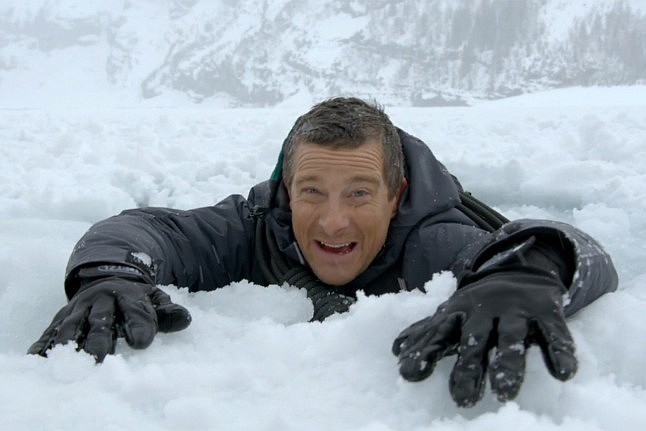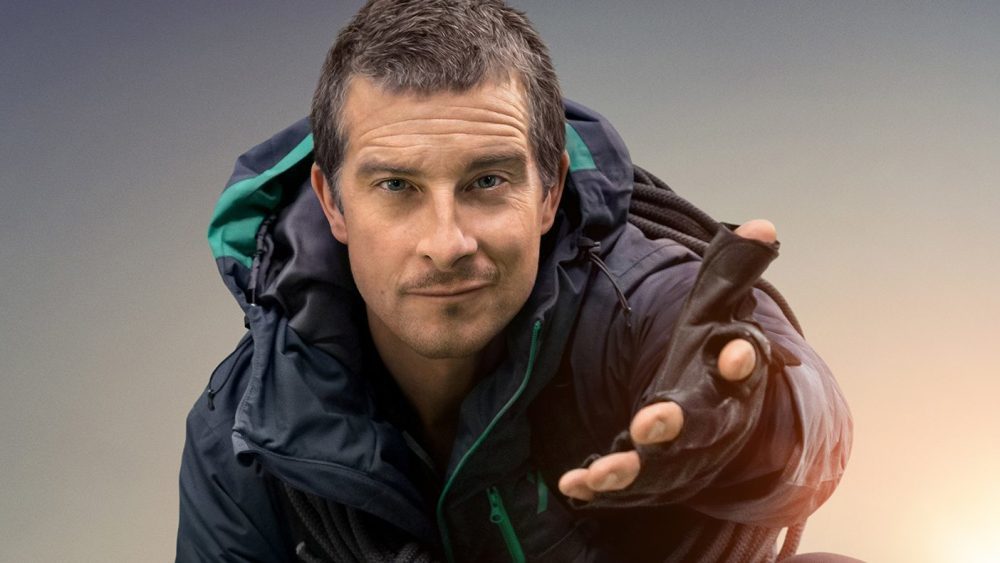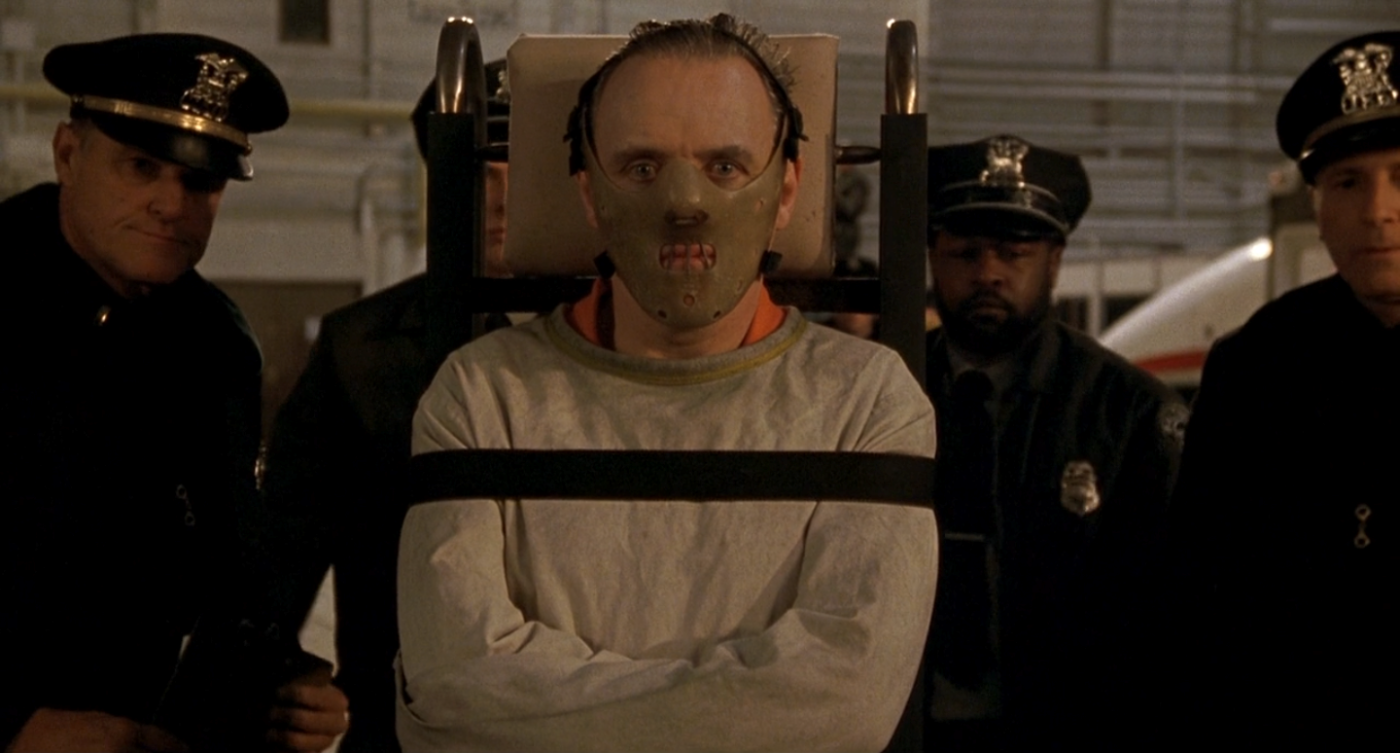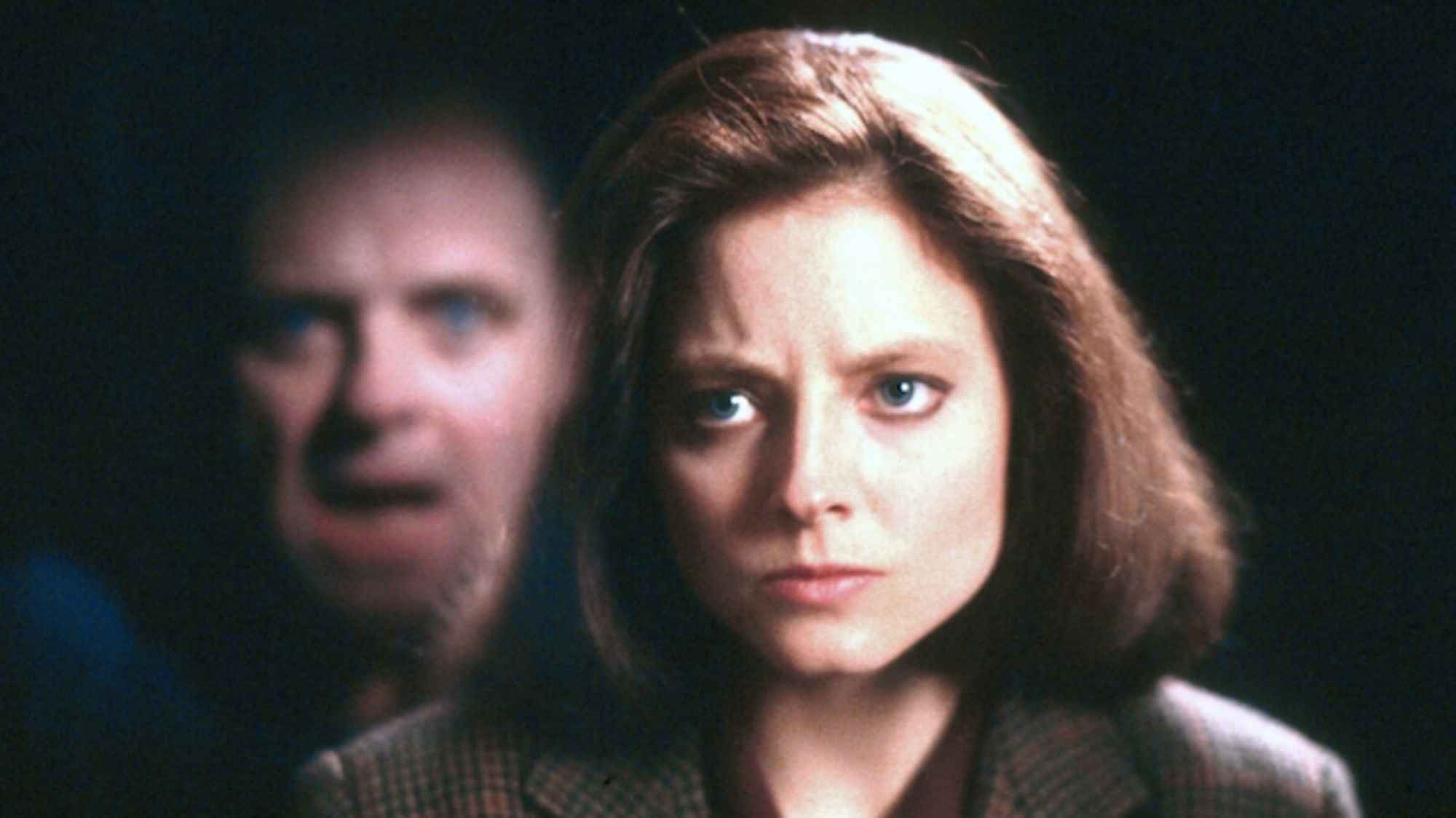- May 17, 2024
-
-
Loading

Loading

This is the longest Binge Blog I have written in some time, so I will spare you the introduction, other than reminding you "John Wick 3" comes out May 17 (so soon!), and it will be the most fun time you have at the theater in 2019.
Headshot. Season. Is. Here.
Onto the recommendations.
Netflix, TV-PG, 20 minutes, eight episodes
I just killed Bear Grylls.
Shit.
I sent him into a mangrove swamp in Central America instead of plowing through a field of sawgrass. We were trying to get measles vaccines to a remote village, you see, and Grylls had lost his machete earlier when trying to army crawl along a rope hanging over a deep jungle gorge. The mangrove swamp was the faster and less painful route — assuming it didn’t flood during high tide.
It flooded. Grylls got stuck in mud up to his waist. There was nothing he could do but wait for the water to wash over him.

That’s what would happen if “You vs. Wild” was reality. But it’s a TV show, so Grylls simply called in his rescue team, and I went back to my previous choice screen. This time, I sent him through the sawgrass. He’d die again later. For now, our journey continued.
“You vs. Wild” is the new interactive survival show on Netflix. A spin-off of Grylls’ former Discovery Channel show, “Man vs. Wild,” this one sees the British army veteran using scripted storylines — like getting the medicine to the village, or saving a rescue dog trapped on a mountain — to inform viewers of proper survival techniques and generally do cool outdoorsy stuff, like paragliding into an open Himalayan valley.
It is the second interactive offering from the streaming giant after 2018’s “Black Mirror: Bandersnatch,” which got mixed reviews. Going into this show, I don’t know what I expected, but it isn’t what I got. I didn’t know there would be a storyline, or that choices made early in the episode, like choosing to bring either a slingshot or a grappling hook with you into the jungle, would affect later ones.
Does it work? I guess that depends on what you want. Fans of “Man vs. Wild” should be satisfied with Grylls’ new show, which sees him go balls-to-the-wall once again, never pulling punches unless his health is under serious threat. (You can have him actually fall through a frozen lake and risk hypothermia, but the effects of touching a quite poisonous cactus are faked.) His enthusiasm for what he does is infectious, and my personal enthusiasm for the show increased once I realized he had to film the result of every choice given to the viewer, good or bad.
For instance, one choice is for him to eat a fat, wiggly grub worm or a handful of termites for nourishment. In reality, he had to eat both. (And neither of those is the most disgusting thing you can make him eat.)
The show — I hesitate to even use that word with “You vs. Wild,” — works less well as a teaching tool. Going back to the mangroves vs. sawgrass selection, I chose the mangroves because Grylls, as noted by him during the selection process, was machete-less, and sawgrass would cause a lot of pain. What I didn’t know was that Grylls has a technique for getting through sawgrass with minimal wear and tear involving a long stick (that he happened to find right after I made my choice).
Had I known that, the choice would have been easy, and if someone chose wrong and decided to give up on the episode after that, they never would have learned the sawgrass technique — and learning survival tips is supposed to be the whole point.

Episode lengths vary depending on the choices you make and how many path you want to try, but I would guess it takes approx. 15-20 minutes to reach the end point. “You vs. Wild” is not great television, but it’s an experience, and there is something oddly satisfying about completing your scripted goal. I did four adventures in once sitting. I learned some stuff about the wild, even though the format is bonkers. (Dig a small ice cave if you’re trapped on a snowy mountainside at night!) All-in-all, I had a good time.
I am less enthusiastic about the future of interactive television as a whole. I watch television because I want to digest a well-written story with satisfying character beats and resonance. Making choose-your-own-adventure series cuts away the core of that. I want writers to hone in one the story they want to tell, the one that makes the most sense, not to give me half-assed options that serve no purpose than to provide maximum content.
If I want actual agency in a story, I’ll just, you know, live my own life.
Netflix, R, 118 minutes
“A census taker once tried to test me. I ate his liver with some fava beans and a nice Chianti.”
With a nonchalant utterance of the above, an iconic villain was born. Hannibal Lecter is one of the most well-known characters in literary and film canon, a man capable of vile acts — and making vile acts sound downright classy.

Lecter is an ogre in human skin. Unfortunately for his victims, he wears that skin so well, and speaks so eloquently, that people ... like him. Trust him, even, until he literally eats their heart out. As Roger Ebert once wrote in “The Great Movies,” comparing Lecter to Frankenstein, King Kong and other monsters: “They have two things in common: They behave according to their natures [sic], and they are misunderstood. Nothing that these monsters do is "evil" in any conventional moral sense, because they lack any moral sense. They are hard-wired to do what they do. They have no choice. In the areas where they do have (a) choice, they try to do the right thing.”
I bring this up because I don’t want to talk about “The Silence of the Lambs” at all, really. (Quick summary of my thoughts: It’s still great if a little problematic with the Buffalo Bill stuff.) I want to talk about villains in general. Hoo boy, do villains suck almost across the board these days.
There’s two (effective) ways films and shows can portray villains and have people give a shit about them. They can make them overtly inhuman, more like a black cloud of chaos floating above our protagonists’ heads than a living, breathing person. Anton Chigurh in “No Country for Old Men” and the Night King in “Game of Thrones” are two examples of this. You don’t care about their motivations because they don’t think like we do. They only care about destruction and them getting their way feels inevitable (even if it isn’t, in the end). That is terrifying.

The other way to create an effective villain is to make them as relatable or, like “Silence” does, charming. It’s probably proof enough that I just called a cannibal charming, but other films like “Black Panther” put this to great effect, too. The film even cedes that villain Erik Killmonger makes salient points about the treatment of black people in the United States. It works in the “Star Wars” franchise, too, with both Darth Vader and Kylo Ren — family can be great connective tissue between protagonist and antagonist.
It seems like there are clear paths to writing good villains, right? Not every attempt will be successful (it still requires good writing), but the ingredients are known quantities.
So why do so many modern villains suck?
There’s probably more than one answer. Outside of “Black Panther” and the Thanos-fueled “Avengers” movies, it has been a big issue for Marvel. I think for them, it comes down to wanting to focus on beloved characters that will sell merchandise — aka The Good Guys. No kids care about Yon-Rogg from “Captain Marvel.” Hell, I don’t care about him. I just had to Google his name 30 seconds ago. But you can be damn sure, come Halloween, there will be tons of Carol Danvers running down the streets. It’s no surprise Marvel chooses to spend the maximum amount of character development on its heroes at the cost of being denounced by critics.
But what about non-franchise movies? “Us” has great ones, which somehow took both paths at once and made it work thanks to Jordan Peele. “Velvet Buzzsaw”... less great. The shark(s) in “The Meg” are mostly dull. The “Kingsmen” villains, too. These take different paths to the same result: Leaving me not caring. I think with these (and a lot of other movies) it simply comes down to laziness. Filmmakers know people will see shoot-em-ups and slashers and other genre movies no matter what, so why bother developing a personality? Bad person has evil plan, bad person tries to execute plan, good person stops said plan. Roll credits. They’ll get their money, sure, but they’ll never create a film as fondly-remembered as “Silence” that way.
Even the John Wick movies — which, to be perfectly clear, I love with my whole heart — suffer from the uninteresting villain problem. It’s just Wick headshot-ing nameless fools on his way into America’s adoration, which is fine! But they would be even better if I cared about the people staring down Wick’s barrel, or if I ever thought of them as a serious threat.
Can we pledge to do better in 2019 and beyond? To create complex characters that make me think about which ide I should be rooting for, even for a second? That would be nice. Hate does not come naturally to me, so film studios: Please make me love to hate your villains. Or just love them, either way.
“The Silence of the Lambs” is always right there if you need some inspiration.
Hannibal Lectar, "The Silence of the Lambs":
"I do wish we could chat longer, but ... I'm having an old friend for dinner."
Have fun sleeping tonight.